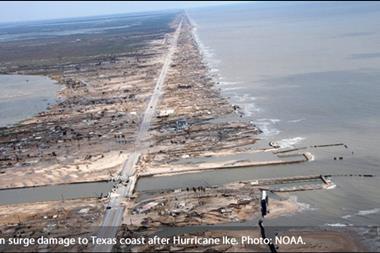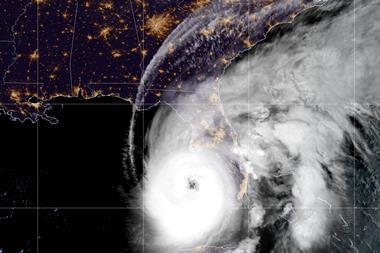Tampa has the largest port in Florida and disruptions to its operations could exacerbate supply bottlenecks
As Hurricane Ian finishes raking over central Florida after making landfall near Fort Myers, FL, a hairsbreadth away from Category 5 status, Adapt Ready has begun to assess the impact this devastating storm will have on global supply chains.
Its platform has tracked nearly 35,000 facilities in the current estimated impact zone with the most affected companies being concentrated in aerospace (Lockheed Martin, Blue Origin Rocket Factory) and manufacturing (Safran, Volvo) and, surprisingly, mining.
Florida represents about 25% of the global supply of phosphate and though these mines are unlikely to experience substantial and prolonged disruption, there is a real concern with the possible pollution that emanates from these mines during a storm.
Normally it is likely there are large stockpiles of primary commodities like phosphate and short-term price disruptions are mitigated by hedging instruments for commodity buyers.
However, this remains another example of how information about supply chain concentrations and bottlenecks can improve risk management in the face of natural disasters.
Secondary disruptions
It is also important to recognise that supply chain disruptions don’t only impact the primary inputs. Several suppliers have already been impacted by their customers’ disruptions, according to Adapt Ready.
This includes Michelin Tires, impacted by Volvo and Mercedes manufacturing plants and in the forthcoming South Carolina landfall, Dow Chemical by disruption to Mahle Behr in Charleston, which specialises in auto cooling and air conditioning components.
In addition to all the above, Tampa has the largest port in Florida and disruptions to its operations could exacerbate direct damage to the sectors noted above and cause further congestion to other transportation facilities as goods are redirected.
Even though the phosphate industry may not suffer tremendously from damage by hurricanes, the fact of extreme specialisation and concentration in certain supply chains could have long lasting impacts in other sectors.




















No comments yet